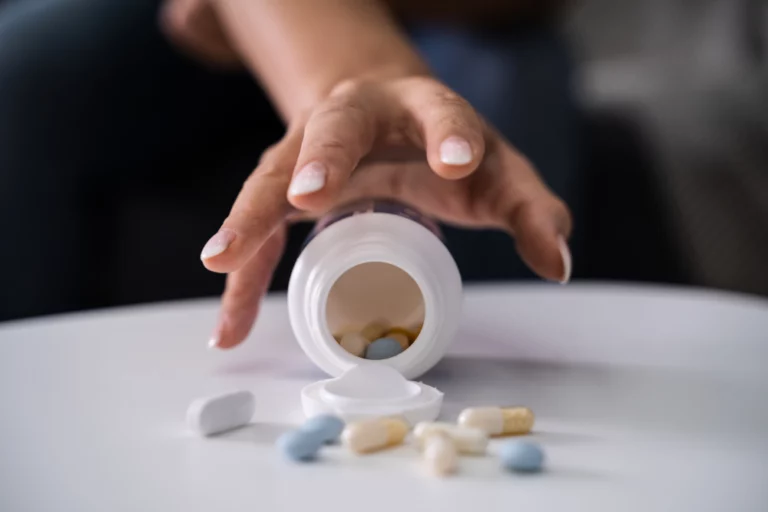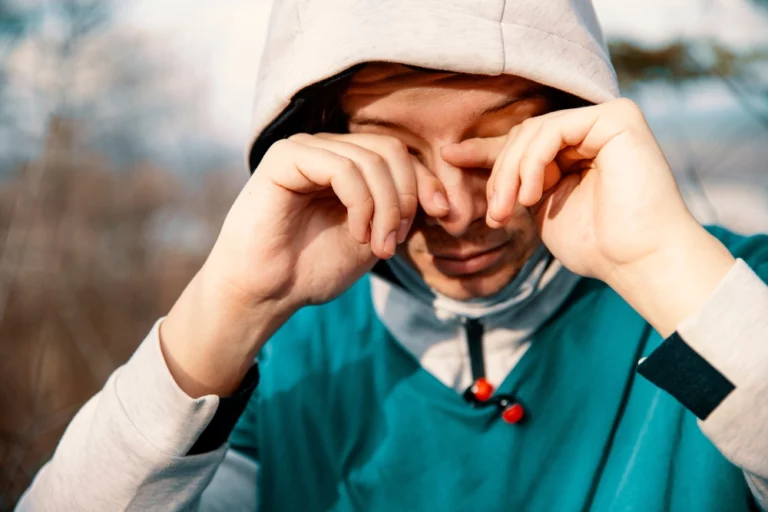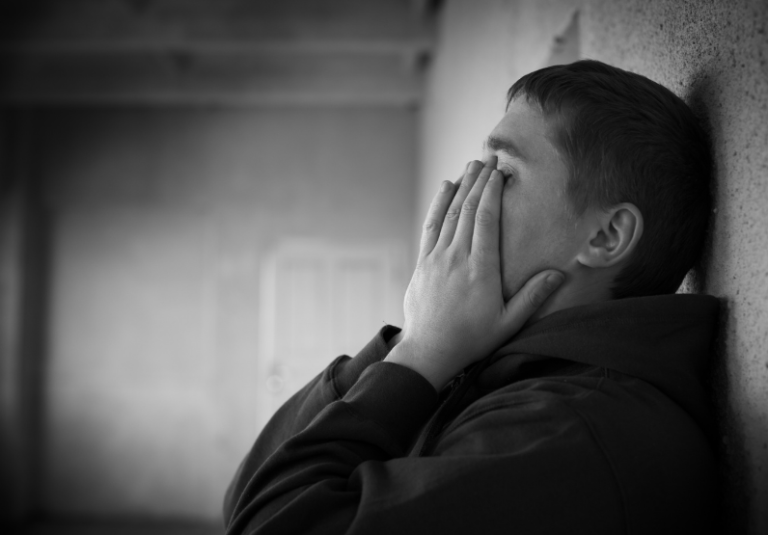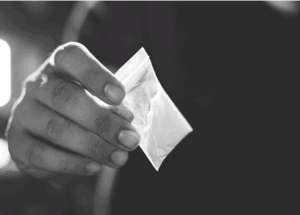In recent years, club drugs have become deeply intertwined with modern nightlife and party culture, particularly among young adults looking to amplify their social experiences. From pulsating nightclubs and music festivals to underground raves, substances like MDMA (ecstasy), ketamine, GHB, and others are often glamorized as tools for heightened euphoria, energy, and connection.
Yet, behind the allure of these temporary highs lies a complex and often dangerous reality. The widespread use of these substances—sometimes perceived as harmless or recreational—masks significant risks, including addiction, severe health complications, and even life-threatening consequences.
Understanding the true nature of club drugs, their short- and long-term effects, and the potential dangers they pose is essential for anyone who frequents these environments or knows someone who does.
Misinformation, inconsistent drug purity, and unpredictable individual reactions further complicate the landscape, making education and harm reduction critical.
This article takes a closer look at what club drugs are, how they affect the mind and body, and why their risks should never be underestimated. Additionally, it explores practical strategies for minimizing harm and making informed choices—because when it comes to substance use, knowledge isn’t just power—it’s protection.
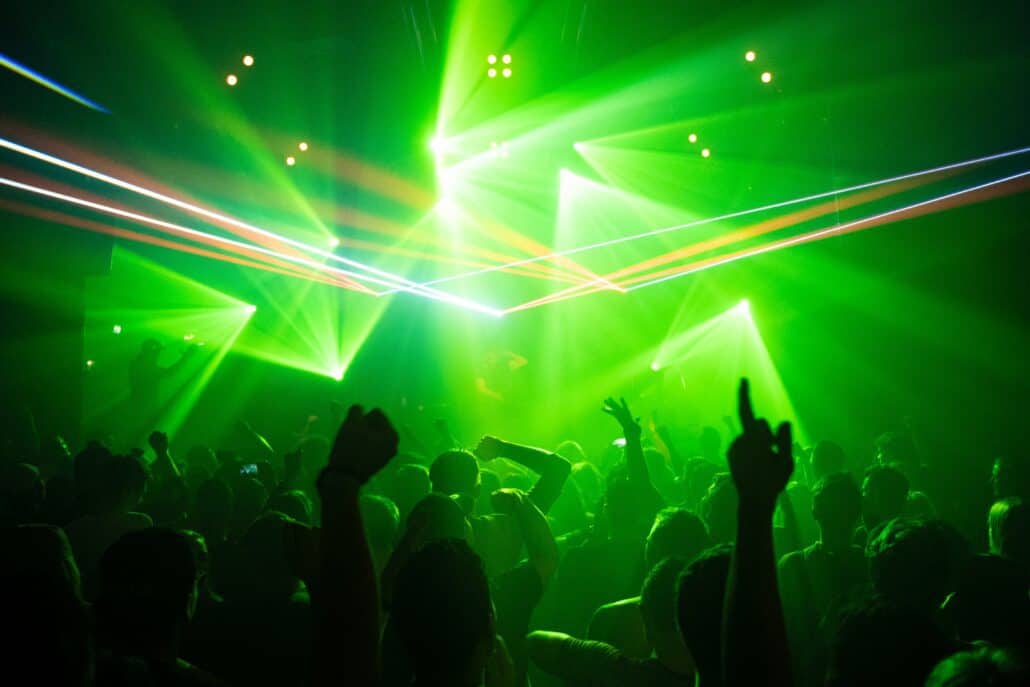
Understanding Club Drugs
The term “club drugs” encompasses a wide range of psychoactive substances commonly associated with nightlife and social gatherings, including nightclubs, music festivals, raves, and private parties.
These drugs are often sought after for their ability to enhance sensory experiences, increase energy, lower inhibitions, or induce euphoria—qualities that align with the high-energy, social atmosphere of these settings. Some of the most well-known club drugs include MDMA (ecstasy/Molly), ketamine, GHB, cocaine, methamphetamine, and psychedelics like LSD or 2C-B, though the list continues to evolve as new synthetic compounds emerge.
Each of these substances has distinct chemical properties, effects, and risks associated with their use. For example, while MDMA is prized for its empathogenic and stimulant effects, it can also lead to severe dehydration, overheating, or serotonin syndrome.
Meanwhile, ketamine, a dissociative anesthetic, may cause hallucinations and out-of-body experiences but also carries risks of nausea, bladder damage, or dangerous disorientation. GHB, often misused for its sedative and euphoric effects, can easily lead to overdose due to its narrow safety margin.
Understanding these differences is crucial, as the potency, purity, and individual reactions to these drugs can vary dramatically, increasing the likelihood of accidental harm. Additionally, the social and environmental context of club drug use—such as crowded spaces, excessive heat, or alcohol mixing—can further amplify their dangers.
What Are Club Drugs?
Club drugs include a range of psychoactive substances known for altering perception, mood, and consciousness, often used to enhance social experiences. Common club drugs include:
- MDMA (Ecstasy): Known for promoting feelings of euphoria and emotional closeness.
- GHB (Gamma-hydroxybutyrate): Often used for its relaxing and euphoric effects but can lead to sedation or unconsciousness in high doses.
- Ketamine: An anesthetic that produces dissociative effects and can lead to hallucinations.
- LSD (Lysergic acid diethylamide): A hallucinogen that alters sensory perception and creates visual hallucinations.
- Rohypnol (Flunitrazepam): A sedative that can cause deep sedation and memory loss.
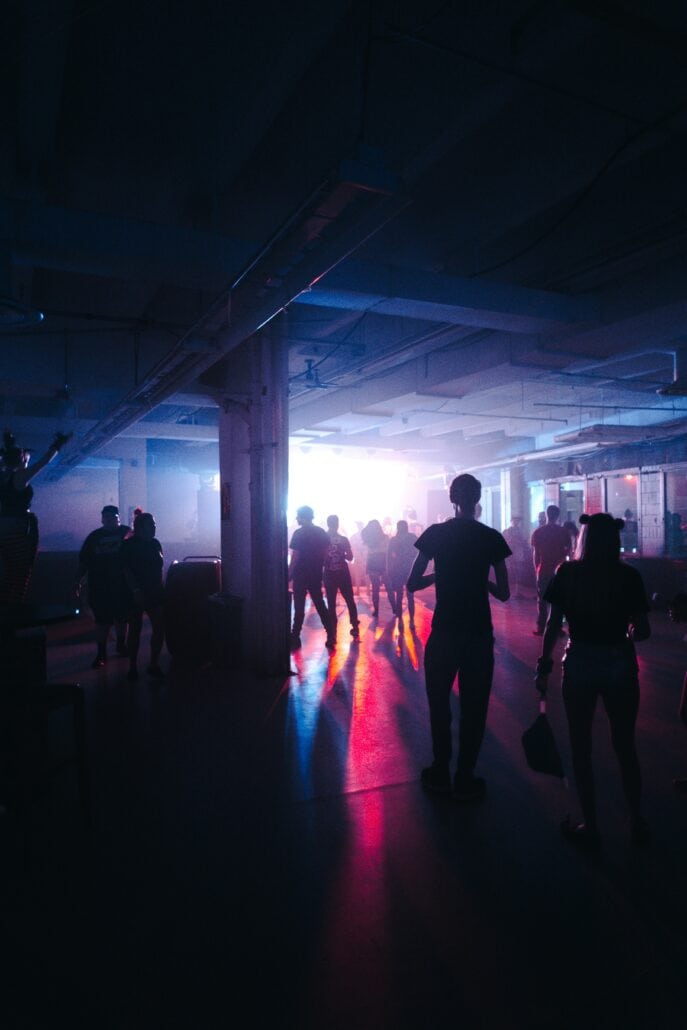
How Club Drugs Affect Users
The effects of club drugs can vary dramatically depending on several key factors, including the specific substance consumed, the dosage taken, the setting in which it is used, and the individual’s unique physiology, tolerance, and mental state.
For instance, stimulants like MDMA (ecstasy) or cocaine typically produce intense euphoria, heightened energy, and increased sociability, making users feel more connected to others.
In contrast, dissociatives like ketamine may induce dreamlike detachment from reality, while psychedelics such as LSD or 2C-B can profoundly alter sensory perceptions, leading to vivid visual or auditory hallucinations. Even within the same drug category, effects can differ—MDA, a chemical cousin of MDMA, tends to have more hallucinogenic properties than its more well-known counterpart.
Common desirable effects of club drugs include enhanced sensory experiences (such as intensified music appreciation or tactile sensations), emotional openness, prolonged wakefulness, and temporary relief from social anxiety.
However, these short-term highs often come with significant risks. Adverse effects may range from mild discomforts—like dry mouth, jaw clenching, or nausea—to severe and potentially life-threatening reactions.
Dehydration and hyperthermia (dangerous overheating) are serious concerns with stimulants, especially in hot, crowded environments. Some users experience extreme anxiety, paranoia, or panic attacks, particularly with high doses or unexpected drug interactions.
More dangerously, substances like GHB/GBL can cause sudden loss of consciousness, respiratory depression, or fatal overdose when mixed with alcohol. Additionally, long-term misuse of certain club drugs has been linked to cognitive impairments, mood disorders, and physical health deterioration, such as bladder damage from chronic ketamine use.
Because of these unpredictable and potentially hazardous outcomes, understanding dosage control, harm reduction practices, and the importance of a safe setting is critical for anyone considering or exposed to club drug use.
Dangers Associated with Club Drugs
Using club drugs presents significant risks, both acute and long-term.
Immediate Risks of Club Drugs
- Health Complications: Many club drugs increase heart rate and blood pressure, leading to potential cardiovascular issues. Overheating and dehydration are also common, especially in dance-heavy environments.
- Potential for Overdose: High doses or combining multiple substances can lead to overdose, in some cases causing death. Impaired judgment can exacerbate these risks.
Long-term Consequences of Use
Regular use of these drugs can have lasting effects on mental health, memory, and cognitive function. Addiction or dependence may develop, necessitating professional intervention for effective recovery.
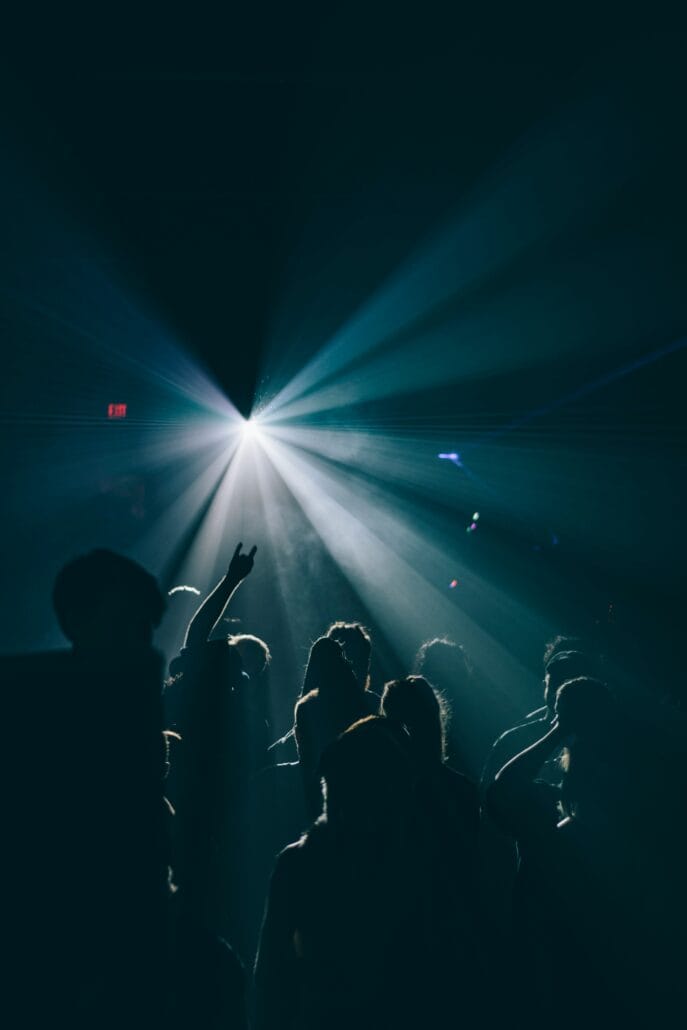
Mixing Club Drugs: A Dangerous Game
Mixing different club drugs or combining them with alcohol or other substances can have unpredictable and dangerous consequences.
What Drugs Should Never Be Mixed?
- Alcohol and GHB/Rohypnol: These combinations amplify sedative effects, posing high risks for unconsciousness, memory loss, and respiratory depression.
- MDMA and Ketamine: Mixes can increase risks of cardiovascular stress, dehydration, and lead to adverse psychological reactions.
- Multiple Stimulants or Depressants: Can heighten the risk of heart failure, overdose, and fatal outcomes.
Why Mixing Drugs Is Particularly Hazardous
Mixing drugs—whether intentionally or accidentally—can lead to highly unpredictable and potentially life-threatening interactions, significantly increasing the risk of adverse reactions, medical emergencies, and even fatal outcomes.
Many club drugs alter brain chemistry, cardiovascular function, and nervous system activity in ways that are poorly understood when combined with other substances.
For example, stimulants like cocaine or MDMA elevate heart rate and body temperature, while depressants like alcohol or GHB slow respiration and sedation—mixing them forces the body into conflicting physiological states, which can overwhelm vital systems.
The synergistic or multiplicative effects of polydrug use often intensify both the desired and harmful aspects of each substance, creating a dangerous imbalance.
A person might combine drugs to enhance euphoria or counteract unwanted side effects (e.g., using alcohol to “come down” from stimulants), but this can lead to uncontrollable intoxication, respiratory depression, seizures, or serotonin syndrome—a severe neurological condition caused by excessive serotonin activity.
Additionally, impurities or unknown additives in illicit drugs further complicate these interactions, making dosing and reactions even more erratic.
Beyond acute risks, repeated polydrug use strains the liver, kidneys, and cardiovascular system, increasing long-term damage. Mental health is also at stake, as conflicting psychoactive effects can trigger paranoia, psychosis, or severe mood destabilization.
Harm reduction experts strongly advise against mixing substances, but if it occurs, understanding potential interactions, testing substances for purity, and having medical support available can be lifesaving measures. Ultimately, the safest approach is avoiding combinations altogether, as the body’s limits are not always apparent until it’s too late.
FAQs About Club Drugs
Exploring frequently asked questions provides valuable insights and safety information for potential users.
Are Club Drugs Dangerous?
Yes, club drugs are dangerous due to their unpredictable effects, potential for addiction, and the significant risk of physical harm. Educating individuals on these dangers is crucial for promoting safe environments.
What Are the Signs of Club Drug Use?
Signs may include unusual excitement, heightened sociability, uncharacteristic changes in mood, confusion, and physical symptoms like sweating, clenching teeth, or impaired coordination. Awareness of these signs helps in identifying and addressing usage.
Can Club Drug Addiction Be Treated?
Yes, treatment is possible and often involves a combination of detoxification, counseling, and therapy. Professional rehabilitation centers provide structured programs to address both physical dependence and psychological aspects of addiction.
Proceeding with Caution
Club drugs are prevalent in social scenes but come with substantial risks and potential long-term health consequences.
A deeper understanding of these substances and the dangers associated with their use and mixing can help you stay informed and make safer decisions.
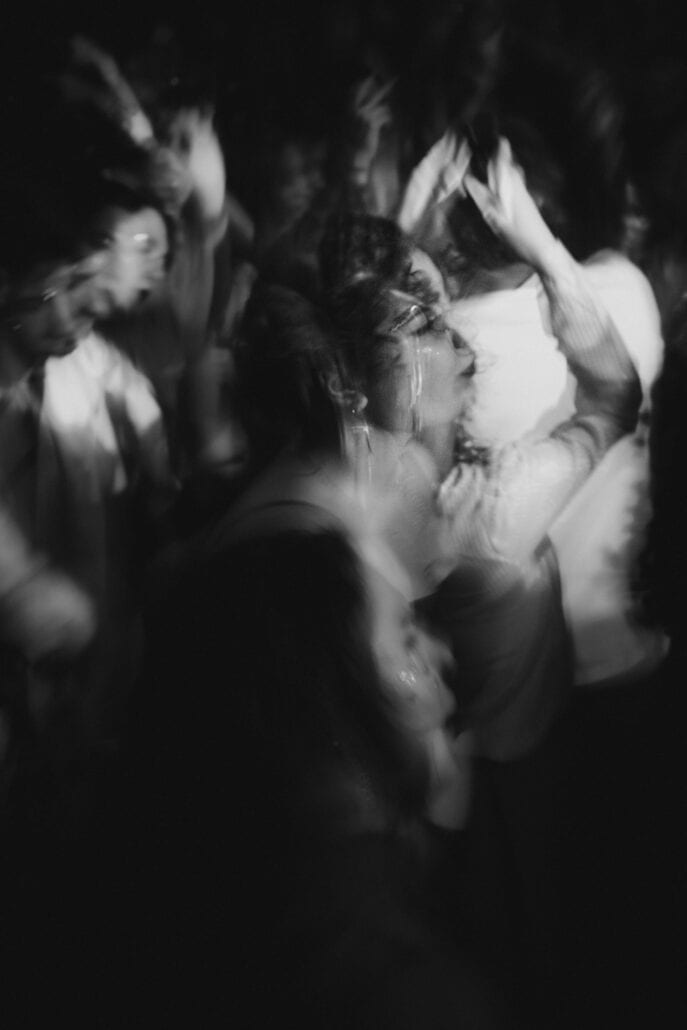
Find Recovery Solutions at Asheville Detox Center
If you or someone you care about is struggling with club drug use, know that you are not alone—help and hope are within reach.
Substance use disorders, including addiction to MDMA, ketamine, cocaine, or other party drugs, can feel overwhelming, but recovery is possible with the right support and resources. Professional treatment provides not only medical supervision for safe detoxification but also evidence-based therapies to address the psychological, emotional, and social factors behind substance use.
At Asheville Detox, our compassionate, experienced team specializes in creating personalized treatment plans tailored to your unique needs.
Whether you require medically-assisted detox, inpatient rehabilitation, outpatient counseling, or long-term recovery support, we offer confidential, judgment-free care to guide you toward a healthier future. Contact us today to learn more about our addiction recovery services.
Don’t wait for rock bottom—early intervention can prevent escalating health risks, financial strain, or damaged relationships.
Take the first step today. Call us for a free, confidential consultation, or visit our website to learn more about our programs. Every journey to recovery begins with a single act of courage—make that call, and let us walk this path with you. Your brighter, drug-free future starts now.


